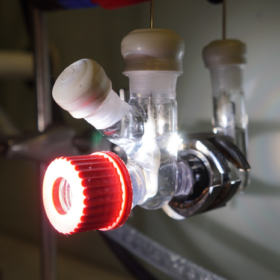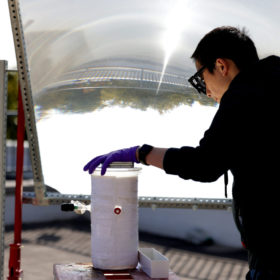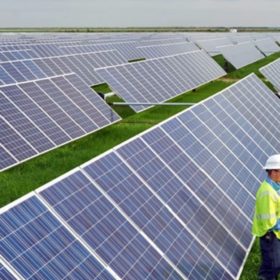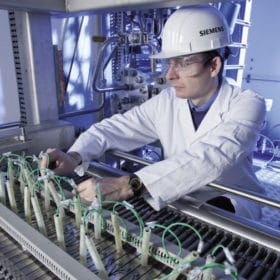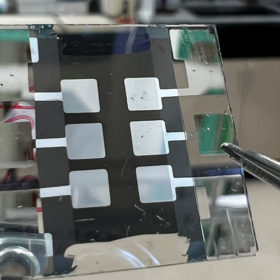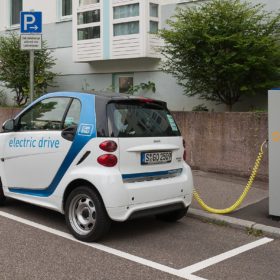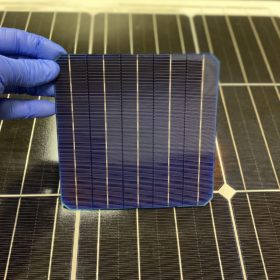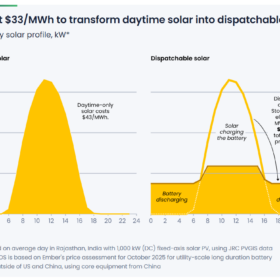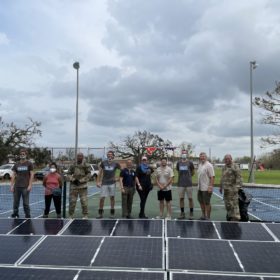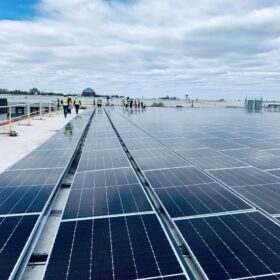Researchers develop solar-powered waste-to-fuel system
The University of Cambridge developed a device that converts plastics and greenhouse gases to usable fuels and products.
Photocatalytic water splitting with 9.2% solar-to-hydrogen efficiency
A U.S. research team developed a new technique to produce hydrogen from sunlight and water. It works in an indoor environment and uses pure water, concentrated solar light, and an indium gallium nitride photocatalyst.
Sunrise brief: Polysilicon prices drop 54% since August
Also on the rise: Solar in the fight for energy justice. Leading solar inverter trends of 2022. And more.
Sunrise brief: North Carolina carbon plan favors gas over solar-plus-storage
Also on the rise: New electrolyzer to split saltwater into hydrogen. Solar Alliance completes 687 kW distributed generation projects in New York. And more.
New electrolyzer to split saltwater into hydrogen
Scientists in China have developed a new way to split seawater into hydrogen without using a separate desalination process.
Perovskite challenges addressed with new manufacturing process
NREL researchers develop an approach that produces efficient and stable perovskite solar.
Researchers see aqueous batteries as safe, reliable and affordable alternatives to lithium ion
A pair of University of Houston professors launched start-up LiBeyond to refine aqueous battery architecture for use in EV and storage applications.
Testing prairie and pollinator agrivoltaics at a former nuclear power site
The EPRI and SMUD project team will create a pollinator habitat under a 160 MW utility-scale solar project and measure changes in energy, soil carbon and management costs at the site.
Solar Inventions achieves patent for silver-saving Configurable Current Cells
The technology is estimated to save $2 million to $5 million per GW in solar projects and boosts rated power output. The company has patents in the U.S., China, and Israel for its cell configuration.
Impact of Inflation Reduction Act delayed by trade and supply chain issues
U.S. Solar Market Insight Q4 2022 forecasts a 23% decline in solar installations.
